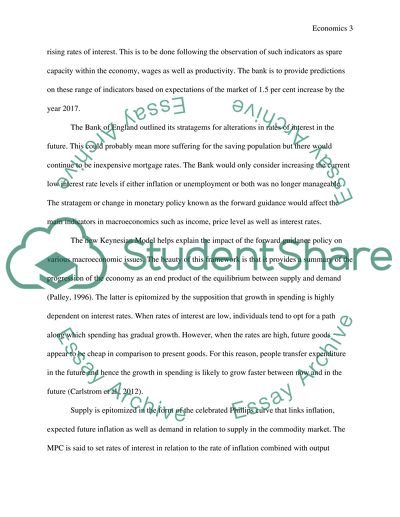Cite this document
(“Macro Written Assignment Essay Example | Topics and Well Written Essays - 1500 words”, n.d.)
Retrieved from https://studentshare.org/macro-microeconomics/1632266-macro-written-assignment
Retrieved from https://studentshare.org/macro-microeconomics/1632266-macro-written-assignment
(Macro Written Assignment Essay Example | Topics and Well Written Essays - 1500 Words)
https://studentshare.org/macro-microeconomics/1632266-macro-written-assignment.
https://studentshare.org/macro-microeconomics/1632266-macro-written-assignment.
“Macro Written Assignment Essay Example | Topics and Well Written Essays - 1500 Words”, n.d. https://studentshare.org/macro-microeconomics/1632266-macro-written-assignment.


